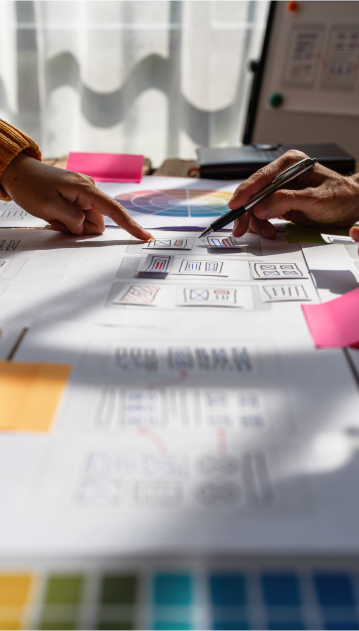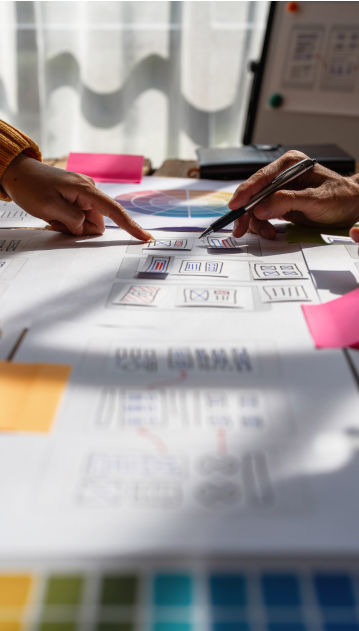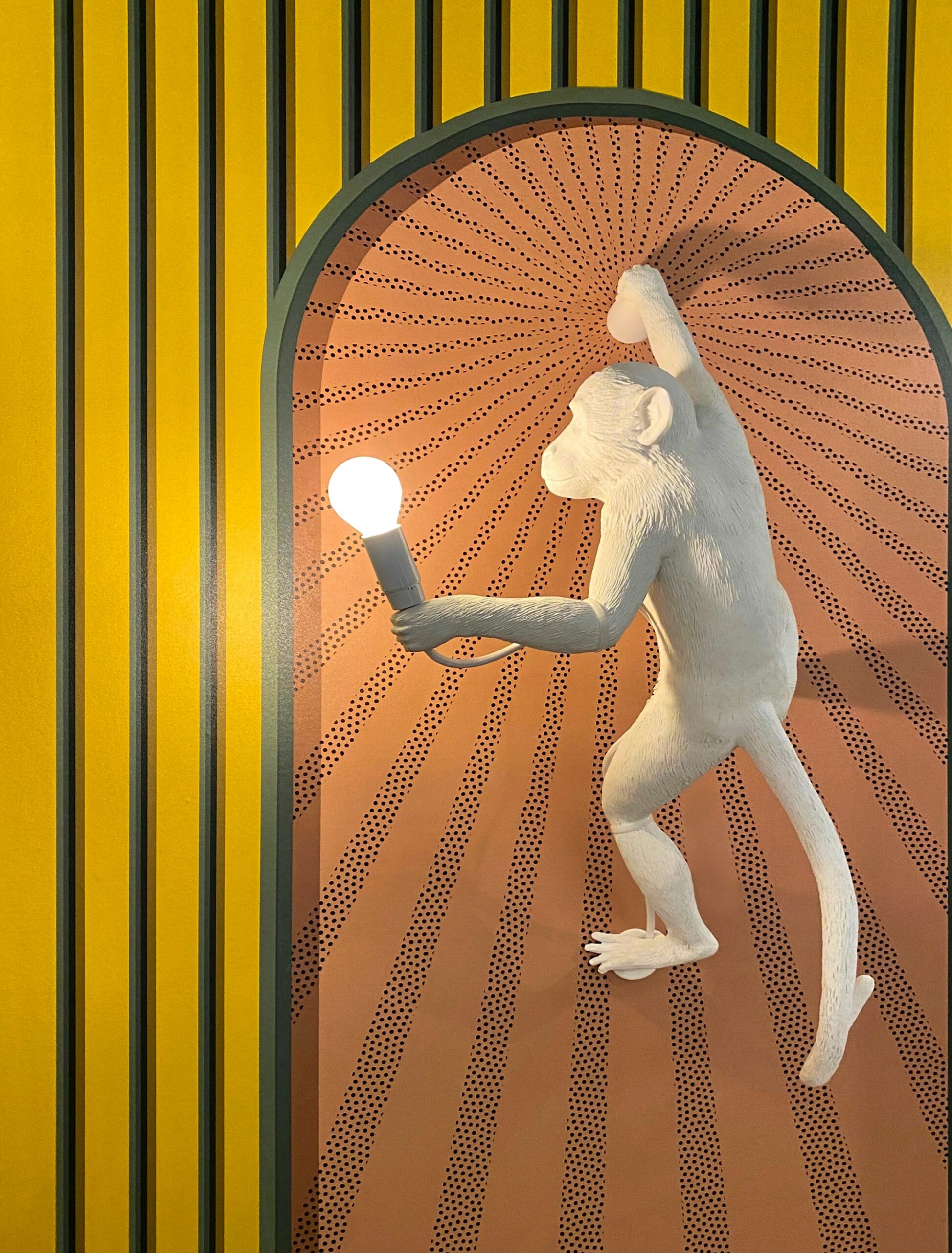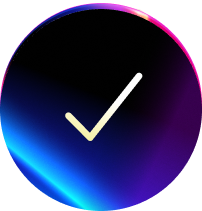Behaviour-driven Product Design
Great products aren’t just usable, they’re used. Our behaviour-driven product design consulting practice blends UX strategy with usage data to understand, shape, and scale the behaviours that drive sustained adoption, creating features users return to, not just click through.

How We Design for Behavior, Not Just Usability
Behavioural Journey Mapping
We map real user flows against expected actions to identify friction, drop-off patterns, and moments that require behavioral nudges, not just UI fixes.
Feature-Level Behavioural Validation
Using behaviour-driven feature design frameworks, we test whether new features trigger the intended user actions, guiding design iterations based on actual usage, not assumptions.
Behavioural Analytics Integration
We embed tagging, session analysis, and user behaviour analytics into product flows, making adoption and friction measurable from the start.
Cognitive Load & Feedback Loops
Our behavioural UX experts reduce fatigue and decision paralysis by designing contextual cues, progressive disclosures, and timely reward mechanisms.
The ADORE Model for Behavioural Design
Our in-house ADORE framework (Adopt → Do → Repeat → Expand) helps product teams design habit-forming interactions across onboarding, engagement, and retention stages.

Planning and Organizing Disney World Vacation
UX That Drives Adoption, Not Just Conversion
We design interfaces that guide users toward repeated engagement, not just task completion.
Built-In Signals for Retention
We embed behavioural signals that reveal adoption patterns and usage intent, enabling action beyond vanity metrics.
Designed to Grow with User Maturity
Our UX adapts as users evolve from onboarding to advanced features, reducing churn through lifecycle-aligned design.
Cross-Functional Collaboration with Product & Data
We work closely with product, engineering, and data teams to operationalize behaviour insights into scalable, adaptable designs.
Reduced Redesign Cycles
By validating behavioral intent early through Behavior Driven Development for Designers practices, we help teams avoid late-stage UI overhauls and build interfaces that scale with usage.
Behavioral Feedback Loops in Delivery
We ensure user behavior insights continuously inform design updates, improving retention with each release cycle.
What Behaviour-First Design Unlocks for Your Product
Behavior‑Validated Product Flows
We shift the focus from theoretical personas to observed behavioral clustersensuring that product flows support how users actually behave.

Integrated Behavioural Instrumentation
From wireframe to deployment, we build in event tracking, adoption signals, and UX instrumentation that informs ongoing iterations.

Habit-Building UX
We apply behavioural psychology principles to build feature flows that reinforce repeat usage, habit loops, and retention triggers.

Friction Mapping & Reduction
We identify where user motivation drops, across clicks, scrolls, or dwell time and redesign microinteractions that keep them moving forward.

Adaptability by Design
Whether you’re early-stage or post-PMF, our approach evolves UX with your product maturity, helping you scale design with confidence.

Behavior‑Driven Feature Prioritization
We use behavioral analytics to identify which features drive the most value, ensuring design efforts focus on high‑impact user actions.


Conducting in-depth studies to understand user motivations, decision flows, and friction points that shape product engagement.

Analyzing current product experiences against industry best practices and competitor positioning to uncover improvement opportunities.

Structuring navigation, workflows, and interaction patterns that prioritize clarity, usability, and conversion

Creating behavioral personas and mapping end-to-end journeys to ensure every interaction feels intuitive and outcome-driven.
UX Validation

Using qualitative and quantitative feedback to validate design choices, identify early friction points, and optimize for product success.
Proven Outcomes of Behaviour‑Driven Product Design
“We had experienced people on our project. They were notably fast and better than anyone we’d seen before. The team came on board quickly and excelled for their responsiveness, speed of development, and experience.”
“The team pays close attention to our requirements. Spend time discussing the project with Rootquotient; they’ve been helpful in guiding us”
“Rootquotient is reasonably priced, offers very good communication, and delivers solid work… I’m really happy with them; that’s why our relationship is ongoing”

What is behaviour-driven product design and how does it differ from traditional UX?
Behaviour-driven product design goes beyond usability to focus on sustained adoption and retention. Instead of only designing for task completion, we use behavioural journey mapping, adoption signal tracking, and habit-building interaction design to guide users toward repeat usage. This approach ensures product flows are validated against real user behaviour, not just theoretical personas.
How does behavioural journey mapping improve user adoption?
Behavioural journey mapping aligns actual user flows with expected outcomes, making it easier to detect friction points, drop-off triggers, and engagement gaps. By mapping behavioural signals early, we design contextual cues, progressive disclosures, and decision fatigue prevention patterns that keep users moving toward desired actions.
What is feature-level behavioural validation and why is it important?
Feature-level behavioural validation tests whether a new feature triggers the intended user action before full-scale rollout. We integrate user behaviour analytics and feedback loop design in products to measure adoption signals, retention impact, and repeat usage triggers, ensuring every release contributes to lifecycle-aligned behavioural UX.
How does cognitive load reduction impact retention rates?
Reducing cognitive load ensures users can focus on achieving their goals without unnecessary mental effort. Through contextual cues, progressive disclosure UX, and decision fatigue prevention strategies, we create flows that feel effortless, improving onboarding drop-off reduction and boosting long-term feature retention.
How do you integrate behavioural analytics into the product design process?
We embed behavioural instrumentation in UX from wireframe to deployment – tagging events, tracking adoption signals, and measuring friction in real time. This data-driven UX iteration ensures that habit-building interaction design and retention-focused design patterns evolve continuously as the product matures.
How do you identify and resolve UX friction using behaviour data?
We use friction mapping and resolution techniques to pinpoint where users lose motivation—whether in clicks, scrolls, dwell time, or form abandonment. By combining behaviour-driven development for designers with contextual cues and feedback loop design, we eliminate blockers that hurt retention.





